Terms
 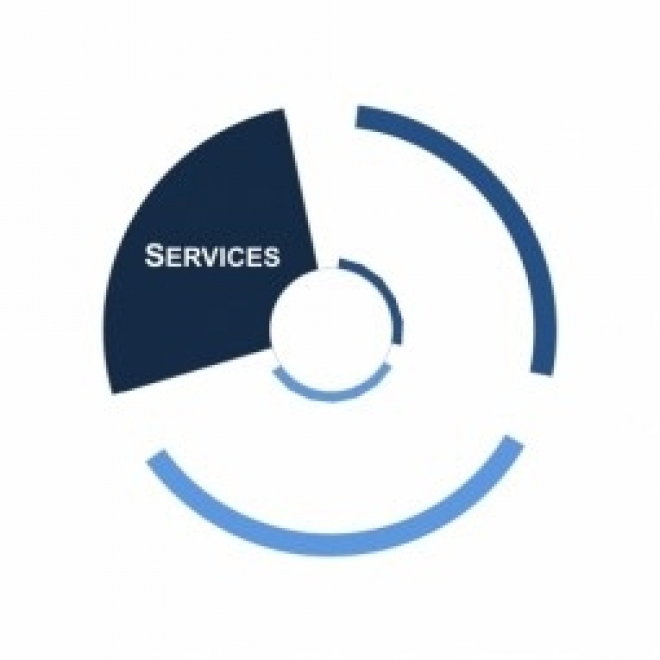 |
Traceability
Traceability here refers to the ability to fully trace all raw materials, producers, upstream suppliers, individual parts as well as the complete product and its consumers in the digital value creation chain. |
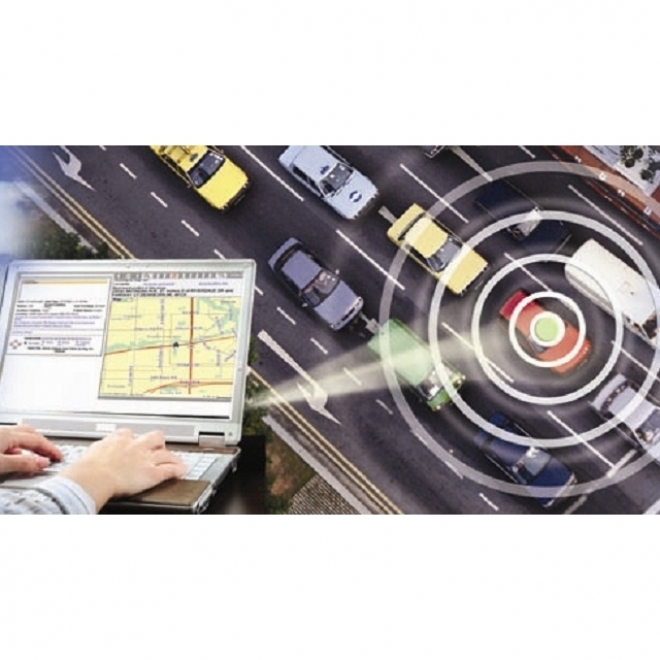 |
Tracking
A technology that allows a device to estimate its position relative to the environment around it. In augmented reality, tracking is the method by which a computer anchors content to a fixed point in space, allowing users to walk and/or look around it. |
|
Transaction Confirmation
Hashing a transaction and adding it to the particular Blockchain successfully. Usually, more than one confirmation is required for the transaction to go through to ensure the transaction is legitimate and not unsupported. |
|
 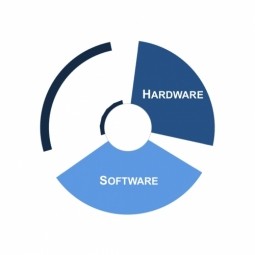 |
Transparent Computing
A characteristic of ubiquitous computing where smart devices respond to users’ needs in the background. The devices are invisible (“transparent”) in the sense that they operate without the conscious thought or interaction of the user who is benefiting from the object or Thing. |
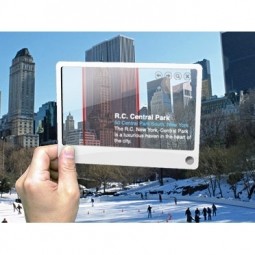 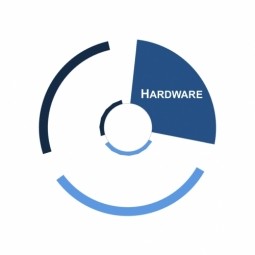 |
Transparent Displays
Also known as the see-through display, transparent displays are an electronic display that allows the user to see what is shown on the glass screen while still being able to see through it. |
 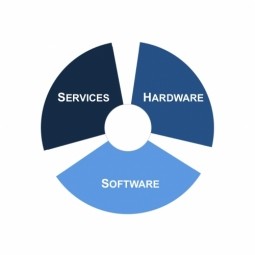 |
Trust
Trust is a relationship between two entities or elements. It consists a set of activity and security policy in which element x trusts element y if and only if x has confidence that y will behave in a well-defined way that does not violate the given security policy. |
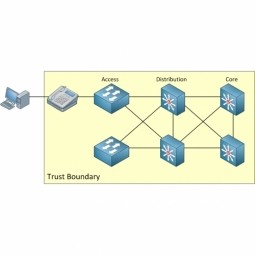 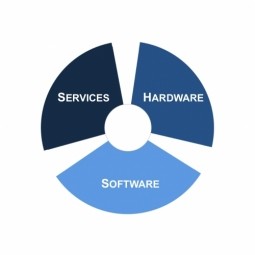 |
Trust Boundary
Trust boundary is a term in computer science and security used to describe a boundary where program data or execution changes its level of "trust". The term refers to any distinct boundary within which a system trusts all sub-systems (including data). |
  |
Ubiquitous Bandwidth
The concept of embedding microprocessors in everyday things so they can communicate information continuously. Ubiquitous devices are expected to be constantly connected. |
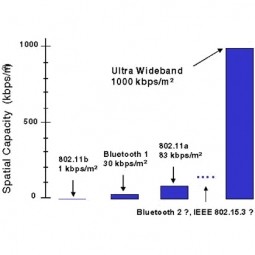 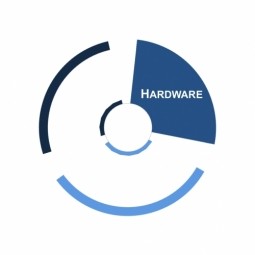 |
Ultra-Wide Bandwidth
An emerging technology in the IoT domain that transmits signals across a much larger frequency range than conventional systems. A “spark gap” transmitter that emits a very weak, very wide (in frequency) pulse of RF energy. |
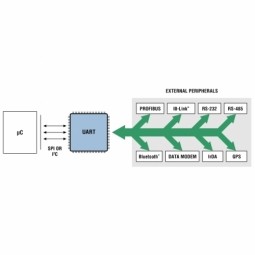 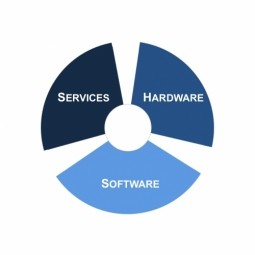 |
Universal Asynchronous Receiver/Transmitter
A universal asynchronous receiver (UART) is a computer hardware device that translates data between parallel and serial forms. UARTs are commonly used in conjunction with communication standards such as TIA (formerly EIA) RS-232, RS-422 or RS-485. |
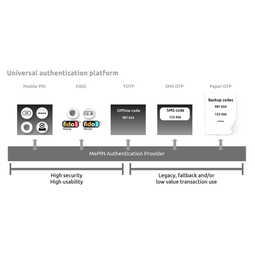 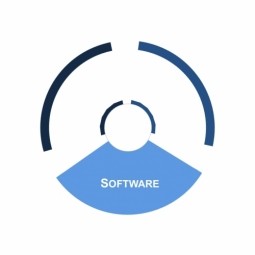 |
Universal Authentication
A network identity-verification method that allows users to move from site to site securely without having to enter identifying information multiple times. |
  |
Universal Plug and Play
Universal Plug and Play (UPnP) is a set of networking protocols that allows networked devices, such as computers, Internet gateways, Wi-Fi access points and mobile devices to seamlessly discover each other's presence on the network and establish functional network services for data sharing. |
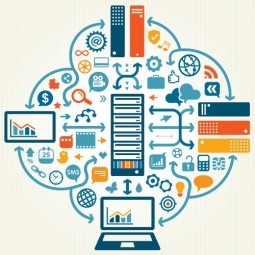 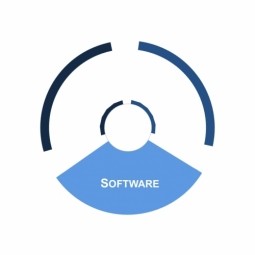 |
Unstructured Data
The phrase unstructured data usually refers to information that doesn't reside in a traditional row-column database. Information that either does not have a pre-defined data model or is not organized in a pre-defined manner (e.g., pictures or video). |
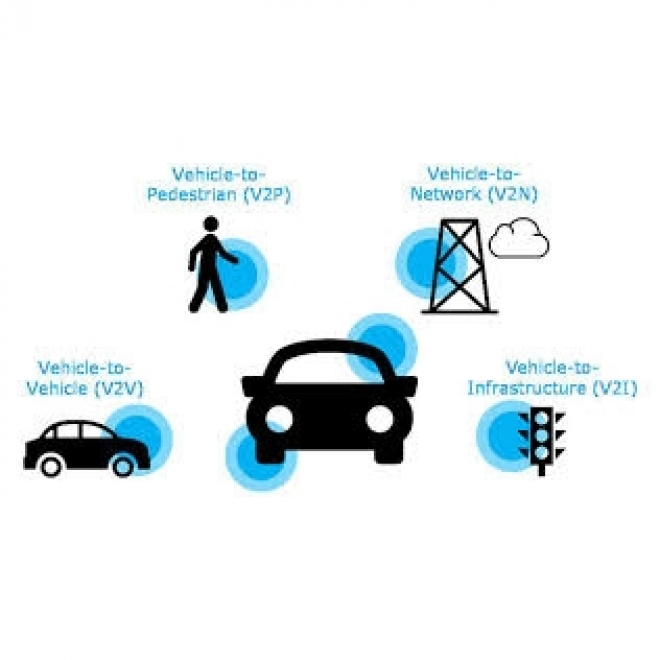 |
Vehicle-to-Everything
Vehicle-to-Everything (V2X) is the concept of vehicles communicating with their surroundings or elements of the traffic system around them through data exchange. It is a broad mode of communication that may entail more specific types of communication. |
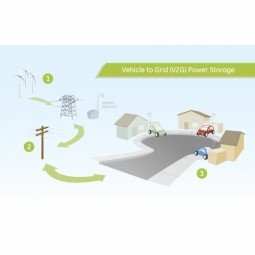 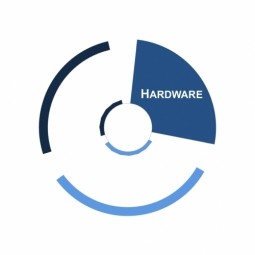 |
Vehicle-to-Grid
An energy management system where plug-in electric vehicles are able to communicate with a smart grid and help balance loads. Vehicle-to-grid (V2G) can be used with gridable vehicles, that is, plug-in electric vehicles (BEVs and PHEVs), with grid capacity. |
 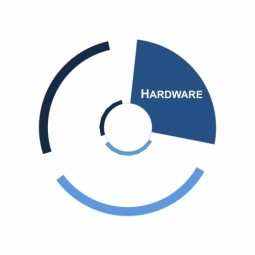 |
Vehicle-to-Infrastructure
The phrase unstructured data usually refers to information that doesn't reside in a traditional row-column database Information that either does not have a pre-defined data model or is not organized in a pre-defined manner (e.g., pictures or video). |
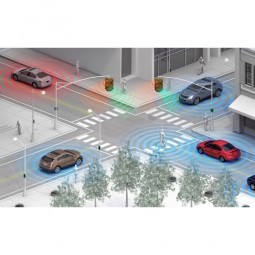 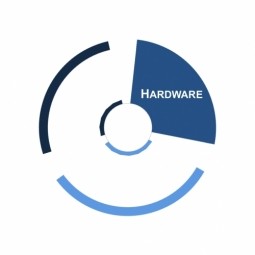 |
Vehicle-to-Vehicle
Vehicle-to-vehicle (V2V) is an automobile technology designed to allow automobiles to "talk" to each other. Using a region of the 5.9 GHz band, V2V systems allow vehicles to communicate with each other and with roadside stations. |
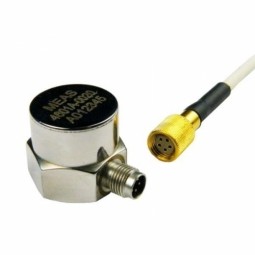 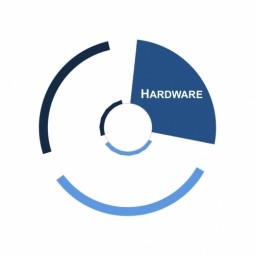 |
Vibration Sensing
A MEMS concept referring to the detection of periodic acceleration and deceleration. Typical applications include structural health monitoring, acoustic event triggering, and seismic equipment. |
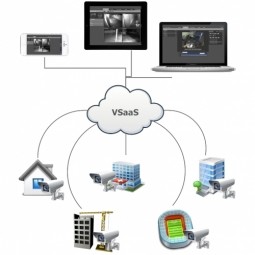 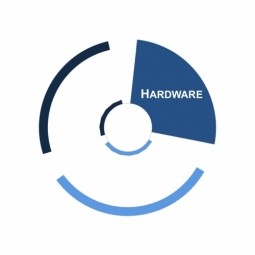 |
Video Surveillance as a Service
A managed data service that transfers the monitoring and storage of video to the cloud. Video Surveillance as a Service (VCaaS) streamlines security operations by centralizing IT and requires no capital investment in servers but has heavy bandwidth requirements. |
|
Virtual machine
Virtual machine refers to an emulated computer system created using software. Virtual machines are based on computer architecture and provide the functions of a physical computer. |
|
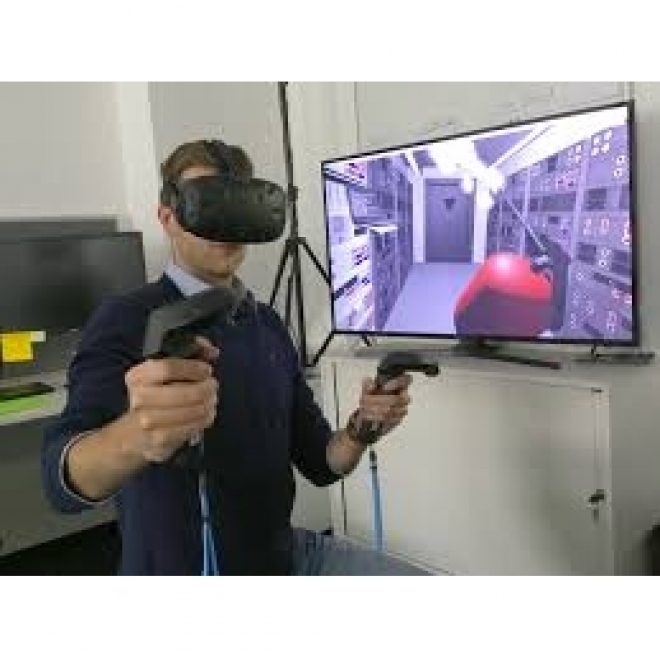 |
Virtual Reality
The computer-generated simulation of a three-dimensional image or environment that can be interacted with in a seemingly real or physical way by a person using special electronic equipment. |
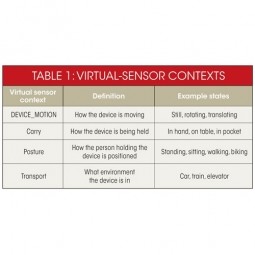 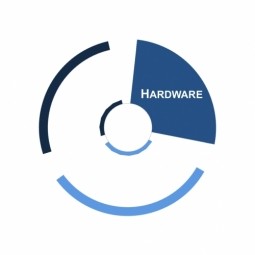 |
Virtual Sensor
A virtual sensor is a type of software that processes what a physical sensor otherwise would. It learns to interpret the relationships between the different variables and observes readings from different instruments. |
|
Voice-as-User Interface
Voice-as-User Interface (VUI) refers to the technology that entitles the human to interact with a system or computer through speech recognition to understand spoken commands and answer questions. |
|
 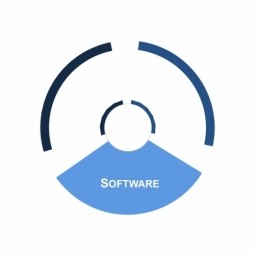 |
Vulnerability Assessment
Systematic examination of an information system or product to determine the adequacy of security measures, identify security deficiencies, provide data from which to predict the effectiveness of proposed security measures, and confirm the adequacy of such measures after implementation. |
 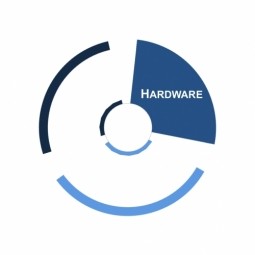 |
Wearables
Technology that can be worn, typically to quantify a physical process (such as heartbeat monitoring) or to augment human capabilities. Wearables may also be used to control external things, for example, with gestures. |
 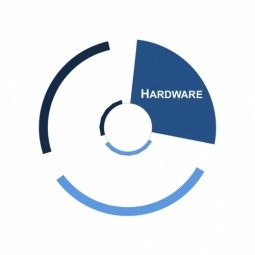 |
Wireless Charging
Technology and standards that enable consumers to charge electronic devices without the need for wires. This is usually done with a charging station. |
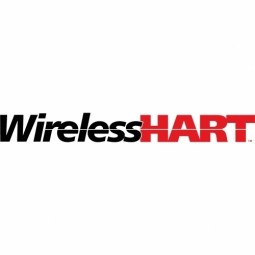 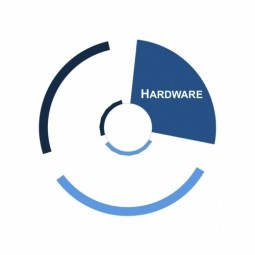 |
WirelessHART
WirelessHART is a wireless sensor networking technology based on the Highway Addressable Remote Transducer Protocol (HART). WirelessHART was defined for the requirements of process field device networks. |
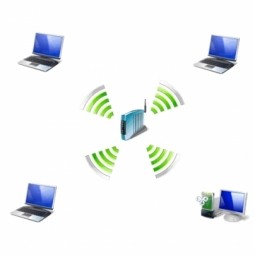 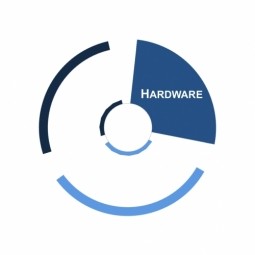 |
Wireless Local Area Network
A wireless local area network is a wireless computer network that links two or more devices using a wireless distribution method (often spread-spectrum or OFDM radio) within a limited area such as a home, school, computer laboratory, or office building. |
 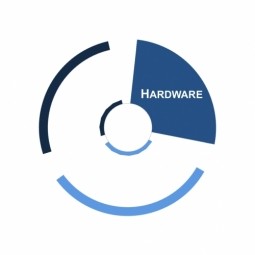 |
Wireless Personal Area Network
A personal area network (PAN) is a computer network used for data transmission among devices such as computers, telephones and personal digital assistants. |
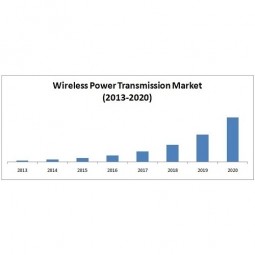 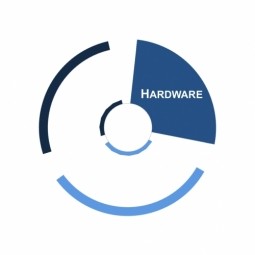 |
Wireless Power
Wireless power is a generic term that refers to a number of different power transmission technologies that use time-varying electromagnetic fields. Wireless transmission is useful to electrical power devices in cases where interconnecting wires are inconvenient, hazardous, or are not possible. |
